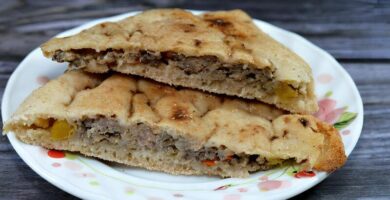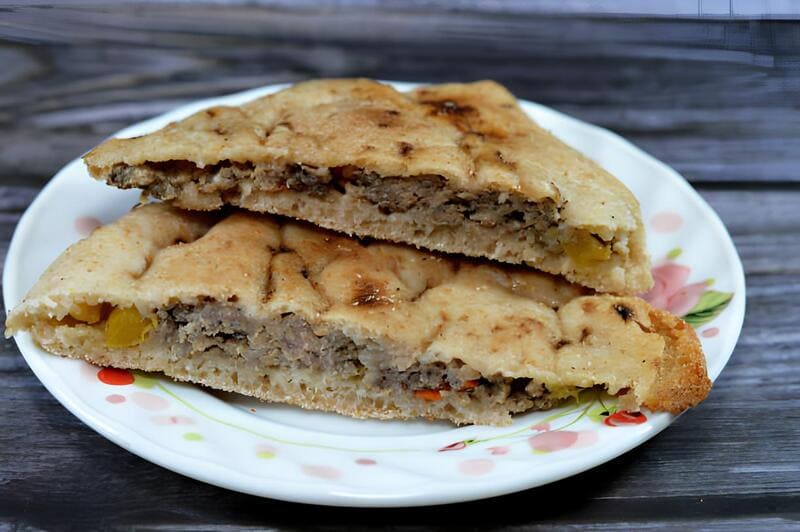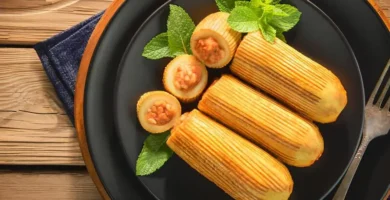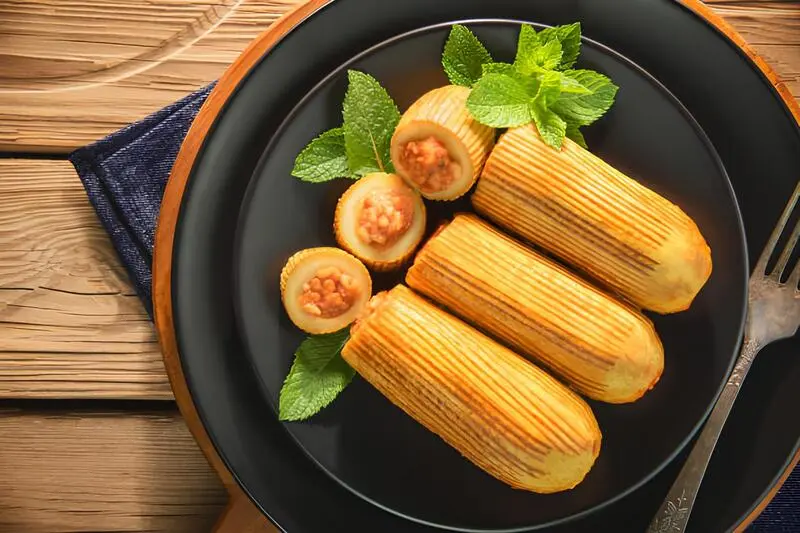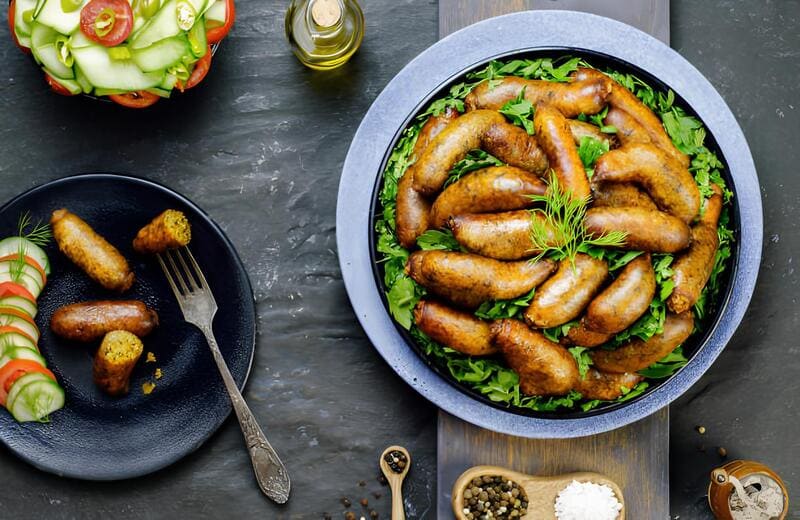
Nestled in Egyptian cuisine, Mombar, also known as Egyptian Sausage, embodies a delightful culmination of rich flavors and tradition. This beloved dish is typically prepared during festive occasions, drawing on recipes passed down through generations. The hearty stuffing of rice, herbs, and spices creates a mouthwatering blend that’s both savory and aromatic.
Mombar showcases the ingenuity of using every part of the lamb, embodying the spirit of minimal waste and maximizing flavor. With a balance of spices and a succulent texture, this dish is perfect for those who appreciate the comforting earthiness of traditional Egyptian cuisine.
Ingredients
- 1 kg lamb intestines, thoroughly cleaned
- 2 cups rice
- 250 g minced meat (optional)
- 1 large onion, finely chopped
- 2 tomatoes, finely chopped
- 1/2 cup parsley, chopped
- 1/2 cup dill, chopped
- 1/2 cup cilantro, chopped
- 3 garlic cloves, minced
- 1 tsp ground cumin
- 1 tsp ground coriander
- Salt and pepper to taste
- 2 tsp paprika
- 1 tsp ground cinnamon
- 2 tbsp vegetable oil
- 2 lemons (for cleaning the intestines)
- 2 tbsp flour (for cleaning the intestines)
- 2 liters of water (for boiling)
- Optional: 2 tbsp tomato paste
Preparation
- Cleaning the Intestines: Rub the lamb intestines with lemon juice, salt, and flour. Rinse under cold water until the water runs clear. Repeat if necessary.
- Prepare Filling: In a large bowl, mix rice, minced meat (if using), onion, tomatoes, parsley, dill, cilantro, garlic, cumin, coriander, salt, pepper, paprika, and cinnamon.
- Stuffing: Using a funnel or sausage stuffer, carefully fill the cleaned intestines with the rice mixture. Do not overfill to prevent bursting. Tie the ends securely.
- Boiling: In a large pot, bring 2 liters of water to a boil. Add the stuffed sausages and cook for 30-40 minutes until the rice is tender.
- Optional Searing: For extra flavor, sear the boiled sausages in a pan with a bit of oil until golden brown.
- Serving: Slice the sausages into portions and serve with a side of fresh salad or as a main dish with Egyptian bread.
Did you know?
Mombar is not just a dish; it’s a celebration of culinary tradition and resourcefulness. Historically, making Mombar was a family affair, particularly during Eid al-Adha, a festival where lamb is commonly sacrificed, and nothing goes to waste. The meticulous process of cleaning and stuffing the intestines was seen as a rite of passage, uniting generations in the kitchen.
The dynamic spices used in Mombar, like coriander, cumin, and cinnamon, reflect Egypt’s long history as a hub of spice trade. These fragrant spices enrich the stuffing mixture, creating a harmonious blend that tantalizes the taste buds. Moreover, variations of Mombar can be found throughout the Middle East and North Africa, showcasing its widespread appeal.
Incorporating ingredients like fresh herbs and vegetables ensures the dish remains light and aromatic despite its hearty composition. Fun fact: some cooks may add a bit of tomato paste or even chopped liver to the stuffing for an even more robust flavor. Whether enjoyed hot from the pan or cold the next day, Mombar is a true testament to the rich culinary tapestry of Egyptian cuisine.

